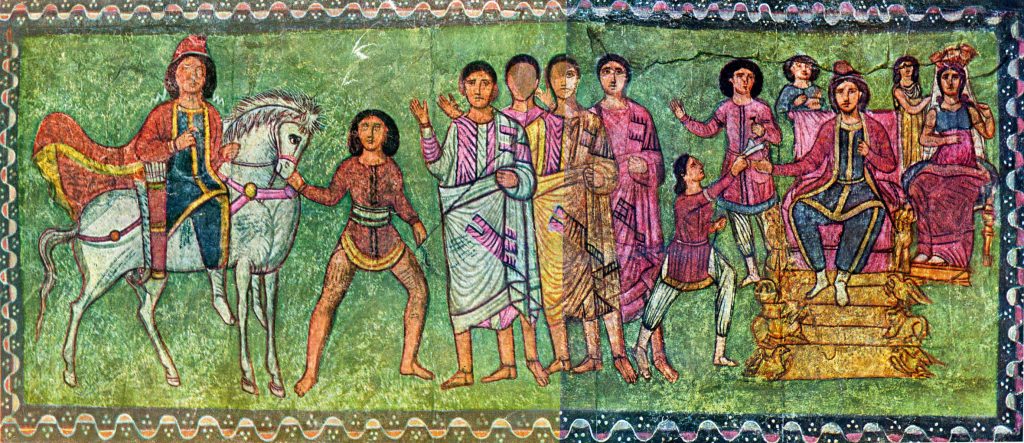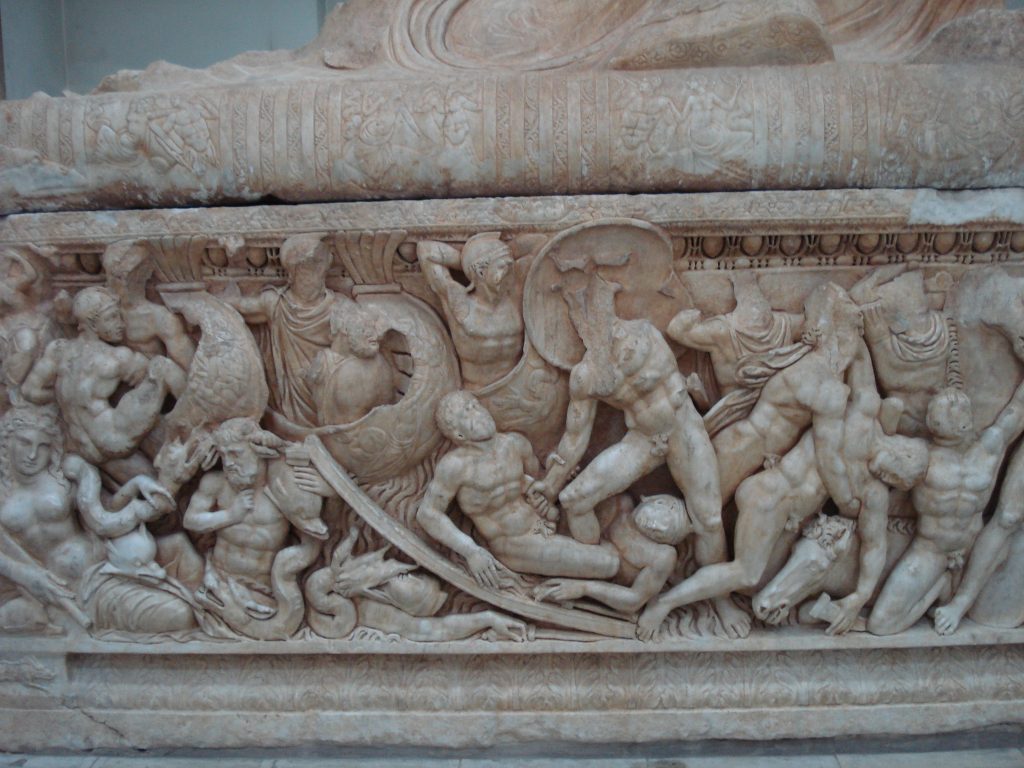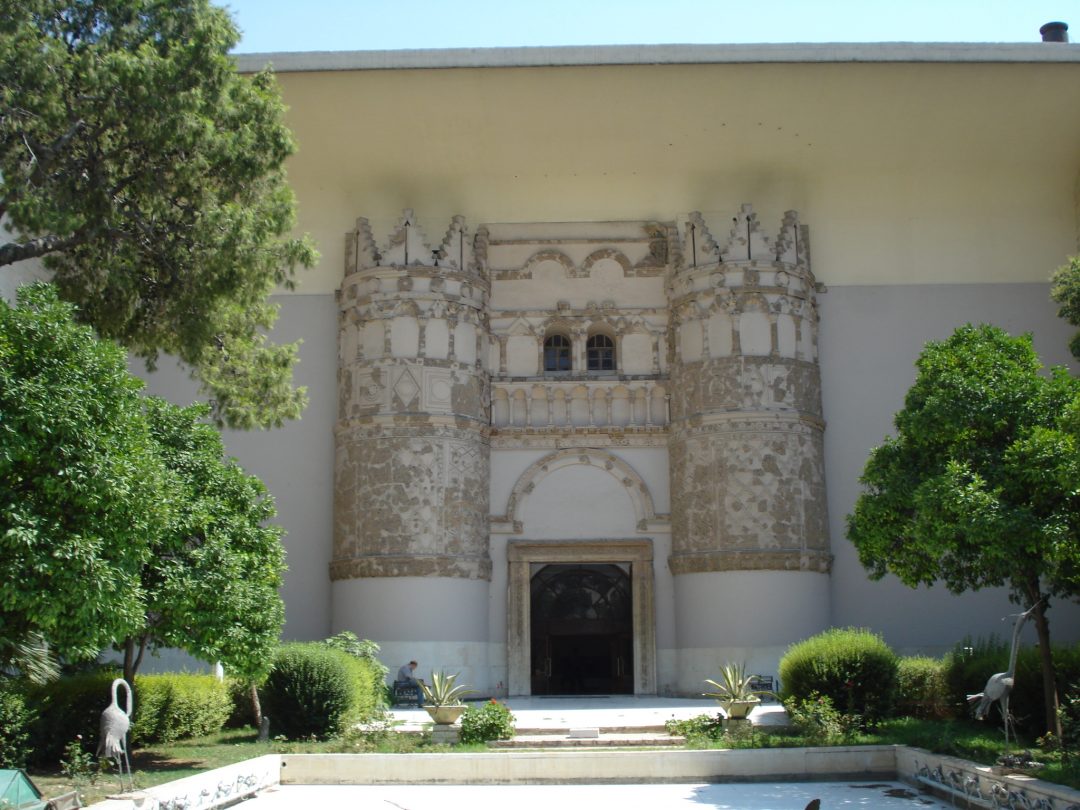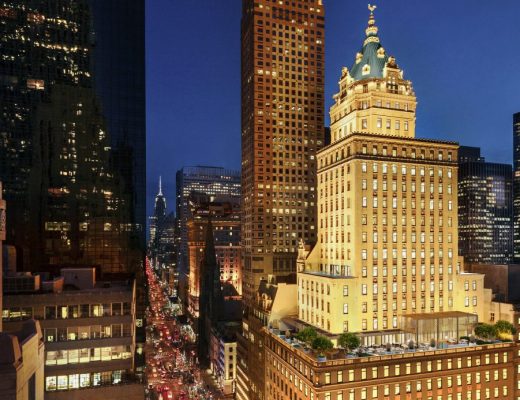Following six years of closure, the Syrian Ministry of Culture has officially commenced the re-opening of one of Syria’s most significant institutions, the National Museum of Damascus. Announced on the 28th of October, this exciting development comes as the Syrian Government has brought peace and safety to the capital with the Syrian Army’s recent victory over foreign backed terrorists, who have now been cleansed from the Damascus area. The Museum’s reopening event is set to span two days and will be conducted in collaboration with the Syrian Ministry of Tourism. Additionally, this event will include a group of Syrian and international academics and restoration specialists. The Museum initially closed in 2012 in an effort to protect the museum’s priceless cultural artifacts from the Syrian crisis.
“The opening of the museum is a genuine message that Syria is still here and her heritage would not be affected by terrorism,” Syrian Minister of Culture Mohamed al-Ahmad told reporters and visitors. “Today, Damascus has recovered.”

“Mordecai and Esther” from a Synagogue interior wood panel (Collection of the Damascus National Museum)
Situated in the center of Damascus, the National Museum houses an exceptional collection spanning over 10,000 years of Syrian History. The Museum is currently displaying four exhibits organized by time period (Pre-Historic, Ancient, Classical, and Islamic) in addition to a Temporary Art exhibition and the building’s stunning gardens. Many of the objects on display include artifacts that Syrian Authorities heroically seized from terrorists and smugglers, who were attempting to rob Syria of its cultural heritage. Significant, recently restored artifacts include the famous “Lion of Al-Lat” from the ancient city of Palmyra, now situated in the museum’s open air exhibit. Palmyra, which is designated as a UNESCO World Heritage site, has always been well regarded as a land of immaculately preserved Persian, Greek, Roman, and Islamic historical objects, which faced significant damage from Daesh terrorists who occupied and destroyed parts of the city during the crisis. Syrian Authorities are currently in the process of repairing damage to Palmyra following its liberation, but are optimistic that the site will reopen potentially before 2020.

Roman Sarcophagus from Al Rastan 3 A.D. (Collection of the Damascus National Museum)
Cultural heritage is a defining characteristic of the Syrian Arab Republic, whose people take pride in their country’s unrivaled historical saga. Even in a region rich with history, Syria’s cultural heritage is unrivaled due to a combination of factors, such as it’s past as a historic trade route and the country’s communities, which include Earth’s oldest continually inhabited cities. From Aleppo in the north to the Golan Heights in Syria’s southwest, the nation’s history and natural beauty are simply unparalleled. The Damascus National Museum is a symbol of the Republic’s passion for their culture and is often described as containing one of the most important collections in the world. With historical artifacts having been a major target of terrorists organizations, Syrian Authorities have done an exceptional job of protecting hundreds of thousands of artifacts from over 30 museums around the country. Additionally, the Syrian Arab Army has been credited with the gathering and preservation of 500 artifacts rescued from cities that had been occupied by terrorists during the crisis. These significant objects from around Syria are now on display at the Damascus Opera House, which is located at the historic Umayyad Square.
Featured Image: Wikipedia Commons (Public Domain)




